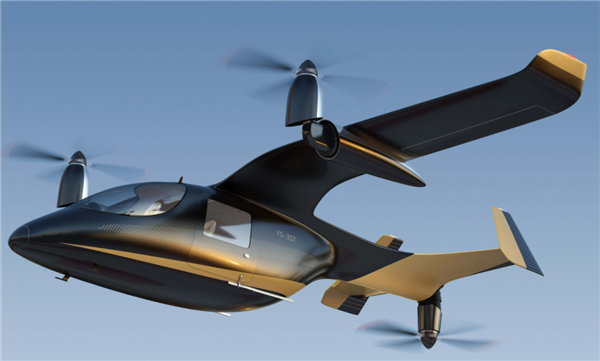The commercialization of flying cars is still unclear.
In the past two years, in order to develop differentiated competition in terms of electrification and intelligence, car companies have begun to build flying cars, etc., using new technologies to empower different product forms.
On June 26, GAC Group released GOVE, a flying electric vehicle with mobility and three-dimensional travel, at the 2023 GAC Technology Day. GOVE made its world first flight on the spot. The newly released GOVE flying car will build GAC’s future three-dimensional travel solutions together with Ruqi Travel and Robotaxi. In addition, GAC Group also released the Trumpchi E9 (configuration|inquiry) model equipped with Julang-hydrogen hybrid system, as well as the first ammonia engine for passenger cars.
In addition to GAC Group, domestic automakers Geely Automobile and Xiaopeng Automobile are also developing flying cars. At present, there are four main types of players participating in the flying car market in the world: traditional aviation manufacturers such as Boeing, Airbus, and Bell Helicopter; traditional automobile manufacturers such as Audi, Toyota, Daimler, and Geely; Drone companies, as well as emerging startups such as lilium, Archer, and Xiaopeng Huitian.
Industry research reports such as “About the Market Potential of Advanced Air Mobility (AAM) in the Asia-Pacific Region” released by Roland Berger predict that countries in the Asia-Pacific region will implement advanced air mobility (AAM) services before 2030, and the industry scale of global urban air mobility in 2040 It will reach 1.5 trillion US dollars. By 2050, nearly 100,000 flying cars will be used as air taxis, airport shuttles and intercity aviation worldwide. The revenue of AAM services in the Asia-Pacific region alone can reach 36.9 billion US dollars.
Although there is room for development, there are certain challenges for car companies to develop self-driving flying cars. An investor in an assisted driving system company said in an interview with a reporter from China Business News: “From autonomous driving, wire control, etc., cars are replicating the roads that the aviation industry has traveled in the past few decades, but the aircraft has not yet realized Completely autonomous driving, compared with the sky, the traffic on land is more complicated.” The investor said that there are still huge differences in the industry when autonomous driving can really land. Not only is there still a bottleneck in technological development, but also issues such as the ownership of rights and responsibilities for autonomous driving of smart cars are also very complicated. However, autonomous driving in the air and on the ground each have their own difficulties. There are various obstacles on the road and the road conditions are very complicated, while automatic driving in the air requires detection of longer distances and higher safety requirements. When the two are superimposed, the difficulty of automatic driving of flying cars will increase geometrically.
Wu Jian, president of GAC Research Institute, believes that automobiles and aviation are two completely different industries, and how to combine them organically is a lot of difficulty. As far as the optimal form of air-ground combination is concerned, GAC conceived many plans, and finally chose the “separated body configuration” form. Using the separate body configuration, the GOVE flight cabin and chassis can be separated or combined freely, achieving the optimal utilization of the two scenarios and attributes of flight and ground driving, aircraft and automobile in a dynamic integration. In the future, GAC will also launch a composite airfoil with longer battery life and more passengers.
“The commercialization of flying cars is being discussed. The process is long, but GAC’s team can overcome various difficulties and prepare for the eight-year war of resistance. Flying cars are built on the basis of intelligence, and the temporary plan is 200 kilometers. As for manned driving It is still unmanned, which has not yet been determined.” Wu Jian said.
In addition, the uncertainty of the development of flying cars also includes the policy level. At present, for the emerging field of flying cars, there is no existing set of special regulations applicable in China. Therefore, in the process of exploring flying cars, relevant companies need to simultaneously promote the research and formulation of relevant policies and regulations, including the basis for airworthiness certification and operating rules of flying cars. In addition, the opening schedule of low-altitude airspace and the speed of building the low-altitude air traffic control system are also major challenges for the expansion of product usage scenarios.
